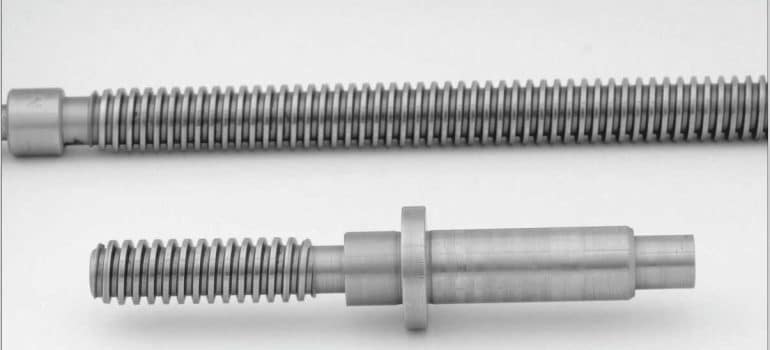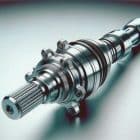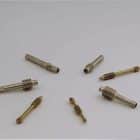What Are Precision Components And Why Are They Important?
Imagine a world without Precision Components. Your car wouldn’t start, your phone wouldn’t function and even your favorite coffee maker might sputter and cough its way to a lukewarm brew. These tiny, meticulously crafted parts are the invisible forces behind the smooth operation of countless technologies that power our daily lives. But what exactly are precision components as well as why are they so crucial?
The Tiny Titans of Technology: Precision Components Explained
Imagine parts so perfectly made, their dimensions are measured in millionths or even billionths of a meter. These are precision components, the small but mighty building blocks of modern technology. They’re crafted with cutting-edge methods like CNC machining, where computers guide the process for ultimate accuracy. The goal? To create components that are consistent, reliable as well as function exactly as intended, every single time.
The Materials Matter: Building Blocks for Strength and Performance
The materials used in it are just as important as their exact dimensions. Depending on the application, these parts might be crafted from high-strength alloys, specialized plastics, or even advanced ceramics. Each material offers unique properties, such as exceptional heat resistance, corrosion protection, or lightweight construction.
Beyond Accuracy: The Unsung Heroes of Innovation
Precision components are crucial in a wide range of industries. Here are just a few examples:
- Aerospace: Imagine the rocket engines propelling us towards the stars. They rely on precision components to handle extreme temperatures as well as pressures while maintaining perfect functionality.
- Automotive: From the intricate fuel injection systems to the smooth-operating transmissions, precision components ensure the efficient and reliable performance of our vehicles.
- Medical Devices: Life-saving pacemakers and delicate surgical instruments all depend on the precision as well as reliability of these tiny components.
- Electronics: The miniaturization of electronic devices wouldn’t be possible without precision components that fit seamlessly within ever-shrinking devices.
The Future of Precision: Pushing the Boundaries
As technology continues to evolve, the demand for even more precise and sophisticated components will only grow. Advancements in 3D printing and other manufacturing techniques are pushing the boundaries of what’s possible. These innovations will allow for the creation of even more intricate as well as high-performance precision components, paving the way for a future filled with groundbreaking technologies.
Conclusion
The next time you use your smartphone, drive your car, or benefit from a medical advancement, take a moment to appreciate the invisible forces at work. Precision components, though hidden from sight, are the unsung heroes of modern technology, ensuring the smooth operation and remarkable capabilities of the devices we rely on every day. For more such insights, stay updated with Pivot Fabrique






